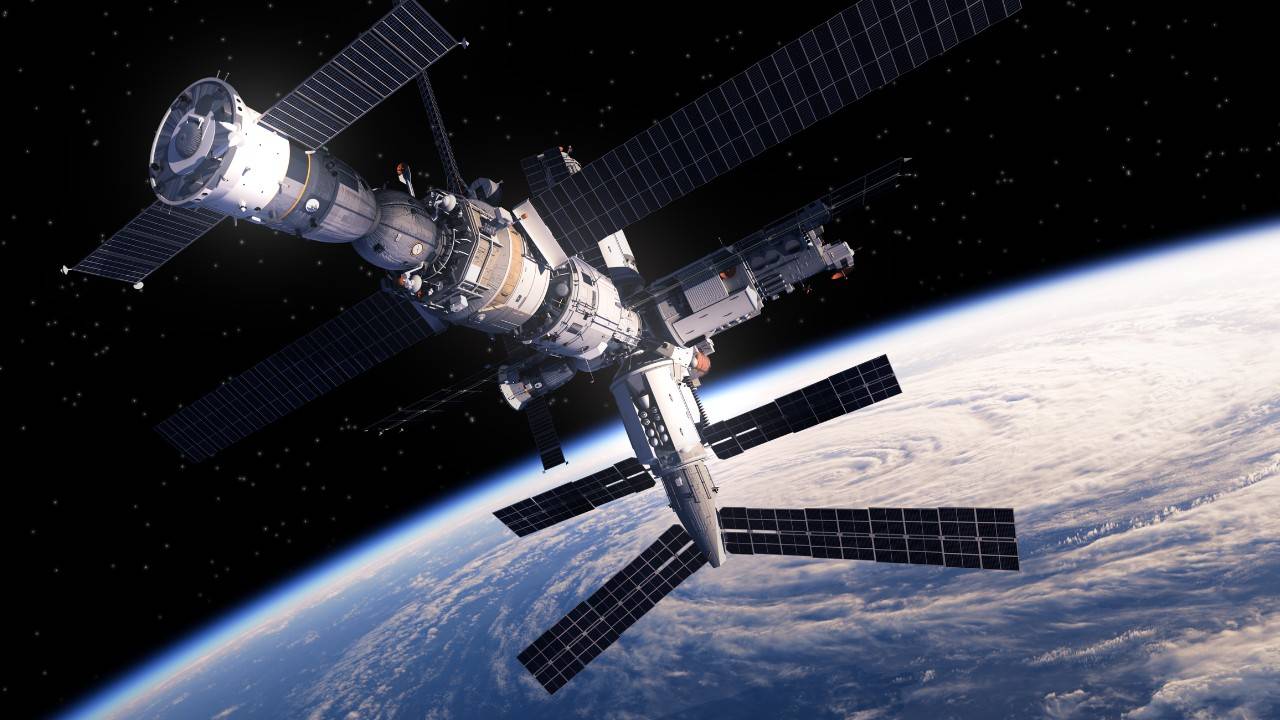NASA has developed new instruments that will be deployed to the International Space Station to monitor the impact of dust particles in the atmosphere. There are many theories and some evidence that dust can directly impact cloud formation and, therefore, the weather and climate.
By launching such instruments into space, it will provide scientists with a much broader range of data and enable much faster data collection than trying to achieve the same from Earth. NASA’s official report on this new technology provides some interesting details.
“Dust can affect air temperatures as well. For example, dust with more iron absorbs light and can cause the air to warm, while dust with less iron reflects light and is responsible for local cooling. Iron in dust can also act as a fertilizer for plankton in oceans, supplying them with nutrients needed for growth and reproduction.”
The plan is for this new instrument to spend 12 months collecting data 24/7. This will provide scientists with more data than has ever been collected on dust particles.
And the goal is for this to show how dust directly impacts cloud formation and weather in different parts of the world.
More inspiring green news similar to this:


